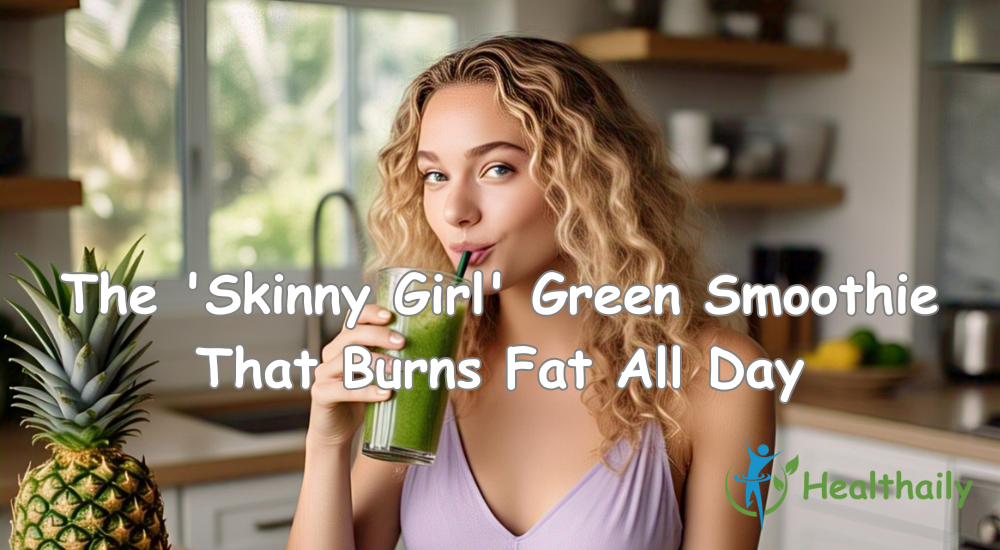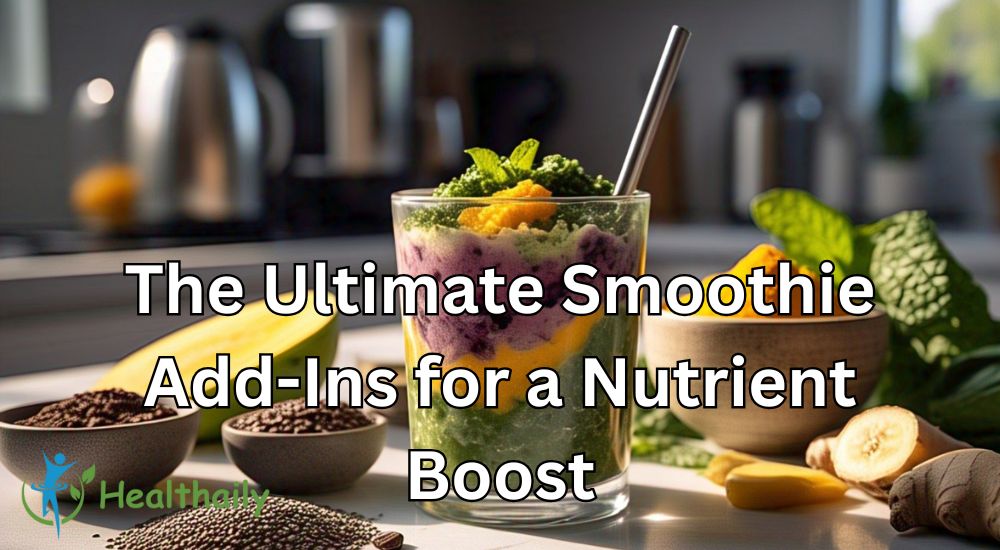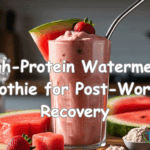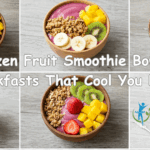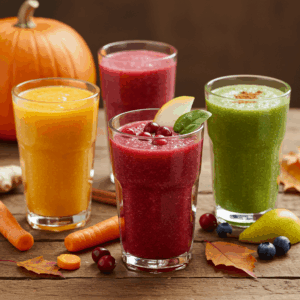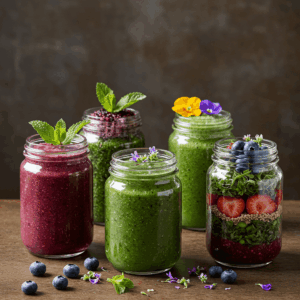Now Reading: How to Build the Perfect Low-Calorie Smoothie That Actually Fills You Up
-
01
How to Build the Perfect Low-Calorie Smoothie That Actually Fills You Up
How to Build the Perfect Low-Calorie Smoothie That Actually Fills You Up
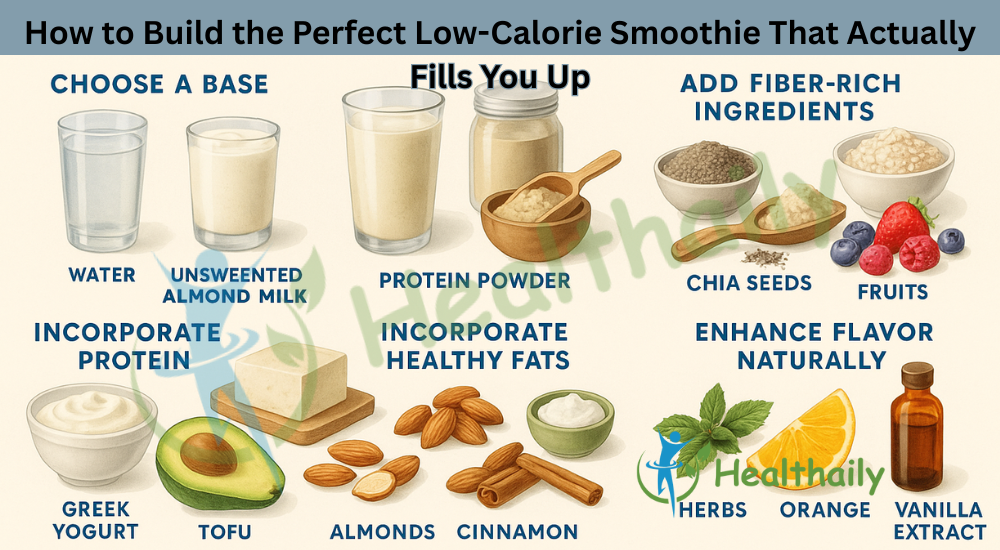
Smoothies can be a delightful way to nourish your body, especially when aiming for weight management. However, not all smoothies are created equal. Some are laden with sugars and lack the necessary nutrients to keep you satiated. This guide will walk you through building a low-calorie smoothie that not only tastes great but also keeps you full and energized.
Understanding the Basics
Before diving into recipes, it’s essential to grasp the components that make a smoothie both low in calories and filling:
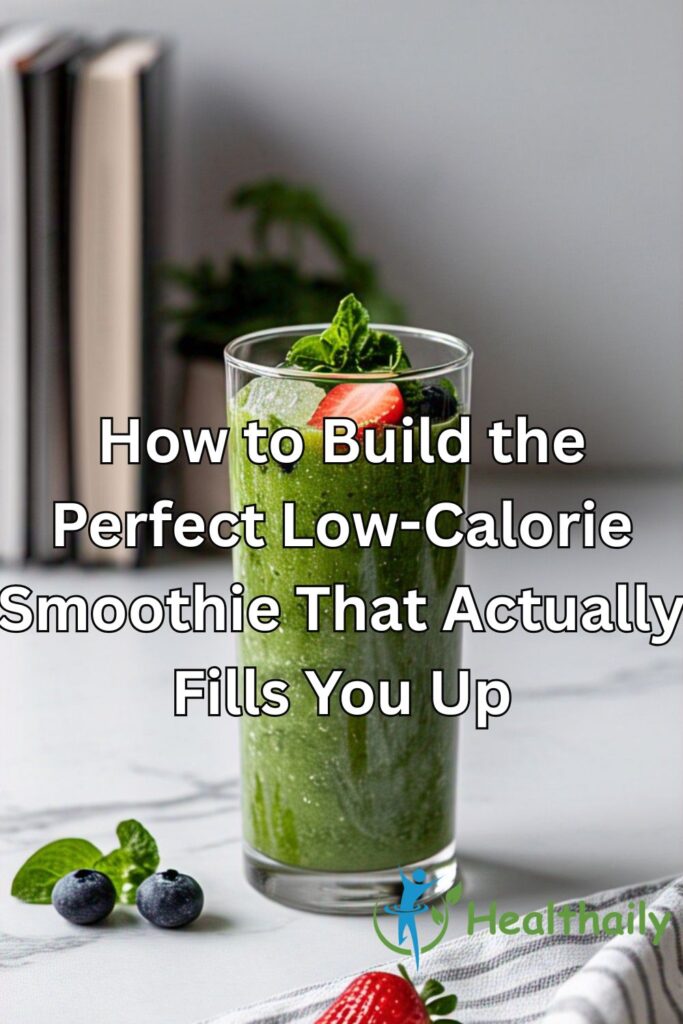
- Protein: Helps in muscle repair and keeps you satiated.
- Fiber: Slows digestion, promoting a feeling of fullness.
- Healthy Fats: Essential for nutrient absorption and satiety.
- Low-Calorie Base: Determines the smoothie’s consistency and calorie content.
- Flavor Enhancers: Natural ingredients that boost taste without adding excessive calories.
Choosing the Right Base
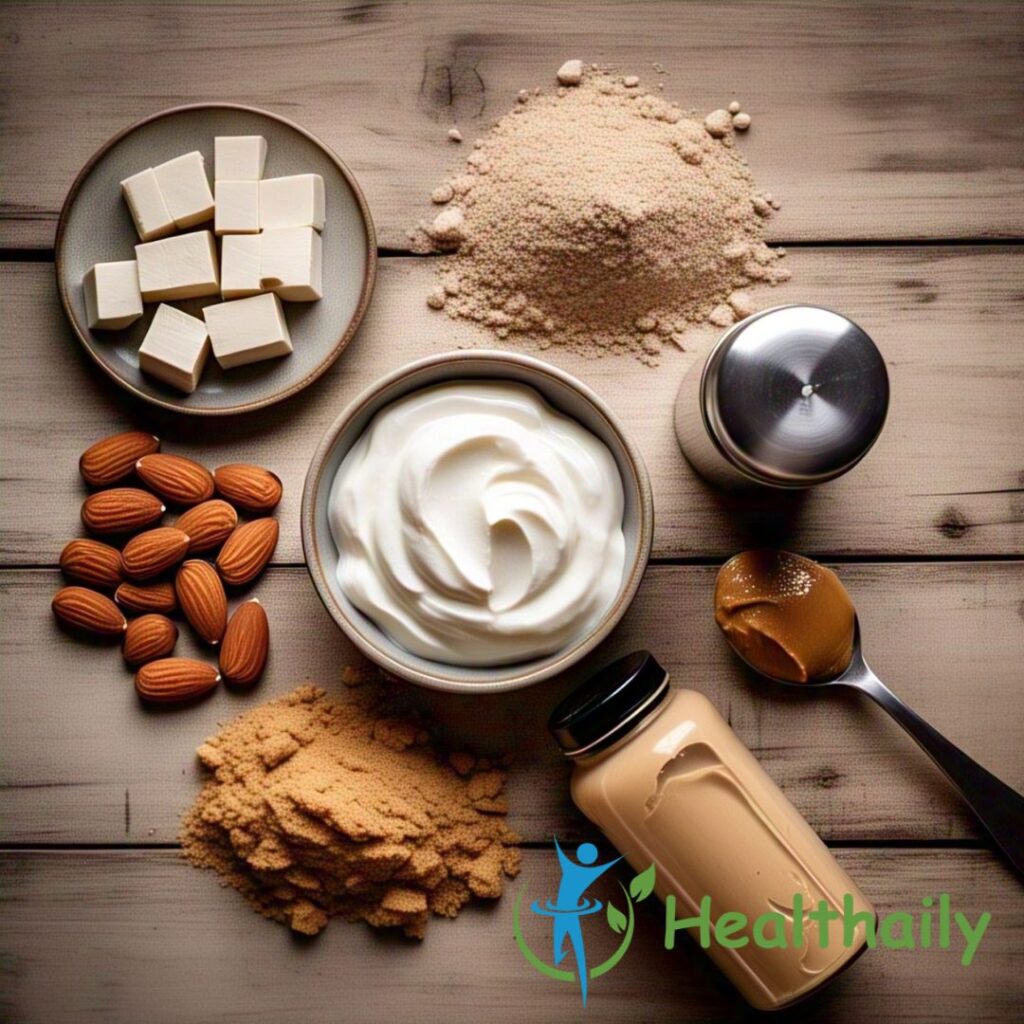
The base of your smoothie sets the stage for its texture and calorie count. Opt for low-calorie liquids:
- Water: Zero calories and hydrates.
- Unsweetened Almond Milk: Approximately 30-40 calories per cup.
- Coconut Water: Around 45 calories per cup and rich in electrolytes.
- Green Tea: Offers antioxidants with minimal calories.
Avoid fruit juices or sweetened dairy alternatives, as they can significantly increase the calorie content.
Incorporating Protein

Protein is crucial for satiety. Consider these options:
- Greek Yogurt: Non-fat versions provide about 10 grams of protein per 100 grams.
- Protein Powders: Whey or plant-based powders can add 15-25 grams of protein per scoop.
- Silken Tofu: A plant-based protein source that’s also creamy.
- Nut Butters: While higher in calories, a small amount can add protein and healthy fats.
Adding Fiber-Rich Ingredients
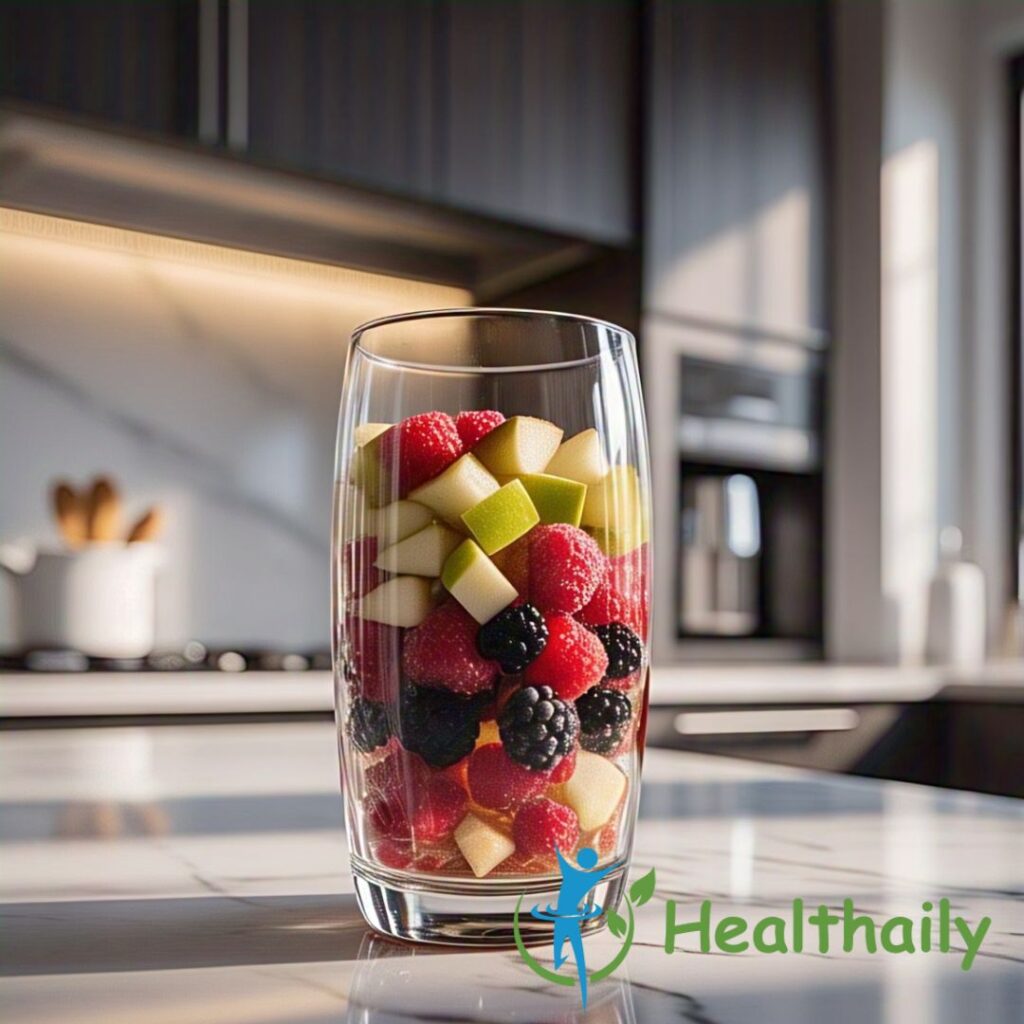
Fiber aids in digestion and prolongs the feeling of fullness:
- Chia Seeds: Expand in the stomach, providing a gel-like consistency.
- Flaxseeds: Ground flaxseeds are easier to digest and rich in omega-3 fatty acids.
- Oats: Provide soluble fiber, which can help lower cholesterol.
- Fruits: Berries, apples, and pears are high in fiber and antioxidants.

Incorporating Healthy Fats
Healthy fats are essential for nutrient absorption:
- Avocado: Adds creaminess and monounsaturated fats.
- Nuts and Seeds: Almonds, walnuts, and sunflower seeds offer healthy fats and protein.
- Coconut Oil: Contains medium-chain triglycerides (MCTs) that may boost metabolism.
Enhancing Flavor Naturally

To make your smoothie enjoyable without adding excessive calories:
- Spices: Cinnamon, nutmeg, or ginger can add warmth and depth.
- Herbs: Mint or basil can provide a refreshing twist.
- Citrus Zest: Lemon or orange zest can brighten the flavor.
- Vanilla Extract: Adds sweetness without sugar.
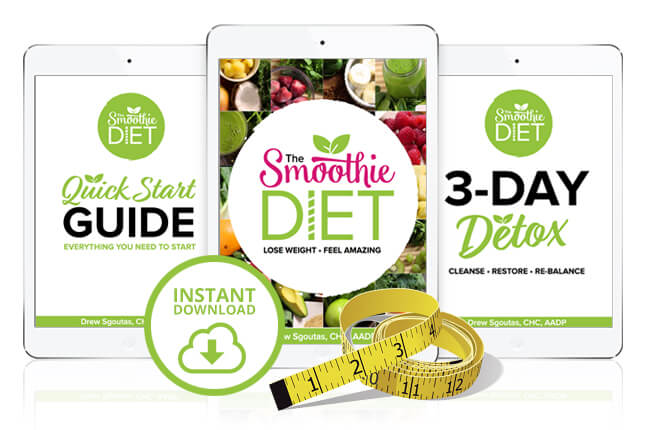
Download The 21-Day Smoothie Diet Right Now!
Sample Low-Calorie Filling Smoothie Recipes
1. Green Protein Smoothie
Ingredients:
- 1 cup unsweetened almond milk
- 1 scoop plant-based protein powder
- 1 cup spinach
- ½ avocado
- 1 tablespoon chia seeds
- Ice cubes
Instructions:
Blend all ingredients until smooth. This smoothie offers protein, fiber, and healthy fats, keeping you full longer.
2. Berry Oat Smoothie
Ingredients:
- 1 cup water
- ½ cup mixed berries
- ¼ cup rolled oats
- ½ banana
- 1 tablespoon ground flaxseeds
- Ice cubes
Instructions:
Blend until creamy. The oats and flaxseeds provide fiber, while berries add antioxidants.
3. Tropical Tofu Smoothie
Ingredients:
- 1 cup coconut water
- ½ cup silken tofu
- ½ cup pineapple chunks
- ¼ cup mango chunks
- 1 teaspoon grated ginger
- Ice cubes
Instructions:
Blend until smooth. Tofu adds protein, and tropical fruits offer natural sweetness.
Tips for Building Your Smoothie
- Balance Macronutrients: Aim for a mix of protein, fats, and carbohydrates.
- Watch Portions: Even healthy ingredients can add up in calories.
- Limit Sweeteners: Use fruits for sweetness instead of added sugars.
- Prep Ahead: Freeze ingredients in portions for quick blending.
Download below infographic for future use

Common Mistakes to Avoid
- Overloading Fruits: While healthy, too many can spike sugar content.
- Skipping Protein: Without it, you might feel hungry soon after.
- Neglecting Fats: Essential for satiety and nutrient absorption.
- Using High-Calorie Bases: Fruit juices or sweetened milks can add unnecessary calories.
Conclusion
Creating a low-calorie smoothie that fills you up is about balance. By combining the right ingredients, you can enjoy a delicious, nutritious drink that supports your health goals. Remember to listen to your body and adjust ingredients to suit your personal needs and preferences.












